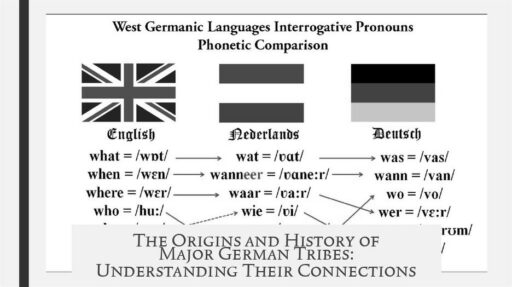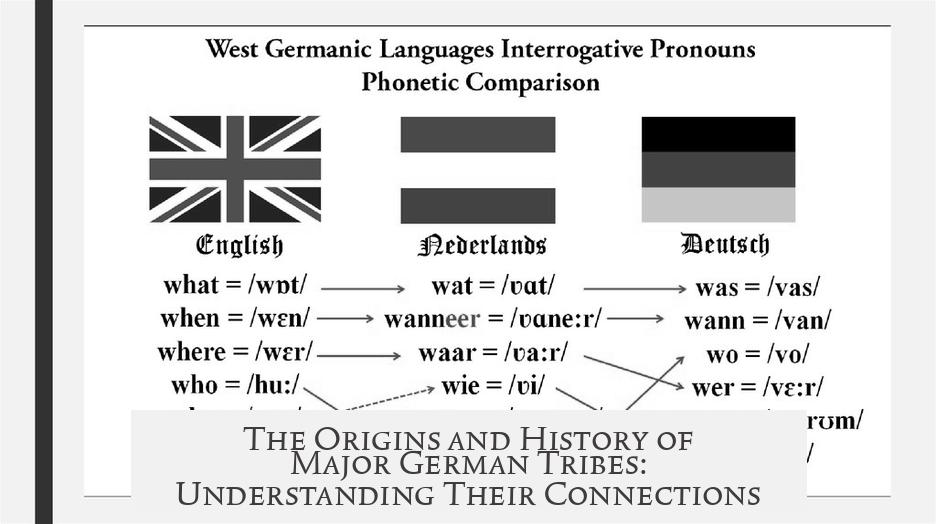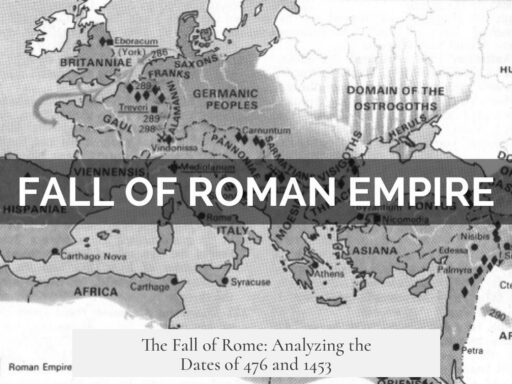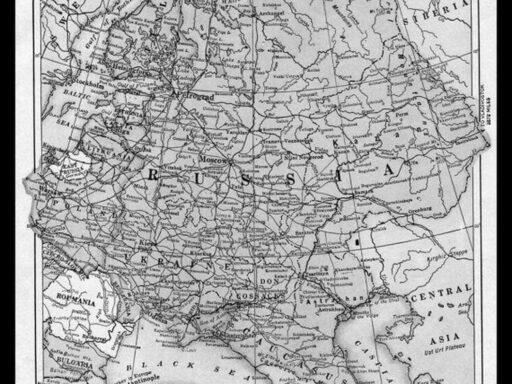The German tribes were a collection of distinct groups in ancient Northern and Central Europe, linked primarily by their shared language, Germanic, rather than a singular ethnic or political identity. They originated in areas spanning southern Scandinavia, northern Germany, and the southern Baltic coast. Their emergence as a recognizable culture is traced back archaeologically to around the 8th century BC, with linguistic roots in Proto-Germanic spoken widely by the first century BC. These tribes became prominent in Roman historical records due to their interactions and conflicts with the expanding Roman Empire.
The term “Germanic” primarily refers to a family of related languages and, secondarily, cultural traits. This linguistic classification unifies a broad range of peoples who lived in what is today Germany, Austria, Poland, and parts of Eastern Europe. Early Germanic peoples likely lived in a broad zone extending from southern Scandinavia through northern Germany to the southern Baltic coast, with some groups, like the Goths and Bastarnae, settling further east in regions such as modern Ukraine and Moldova.
Two main theories account for the origins of the Germanic peoples and their language: one proposes a Scandinavian origin, and another suggests they emerged around the southern Baltic Sea, in present-day northern Germany and Poland. Given the lack of written records from this period, precise origins and the process of ethnogenesis—the formation of new ethnic groups—remain debated topics within anthropology and archaeology.
By the 1st century BC, Germanic tribes were expanding westward, gradually supplanting Celtic cultures east of the Rhine River. The Romans, notably Julius Caesar, categorized all peoples east of the Rhine as “Germans” and those west as Celts, a broad classification shaped by geography and Roman political views rather than precise ethnolinguistic distinctions. Archaeological evidence reveals a more complex reality; for example, Celtic and non-Germanic groups like the Fenni (likely Finno-Ugric speakers) were present in the region known as Germania.
Roman writers such as Tacitus and Caesar documented encounters with tribes like the Cherusci, Suebi, Cimbri, and Teutones, some of whom challenged Roman territorial ambitions. The defeat of Roman legions by Arminius of the Cherusci in the Battle of the Teutoburg Forest (9 CE) marks a significant moment in Roman-Germanic relations. Later tribes, including the Goths, Franks, and Vandals, played pivotal roles in the decline of the Western Roman Empire. While accounts about these groups—especially from Jordanes’ history of the Goths—contain inaccuracies, they provide valuable insights into their migrations and influences during late antiquity.
The link between these tribes hinges mainly on their linguistic heritage. Germanic languages form a branch of the Indo-European family, encompassing modern languages such as German, English, Dutch, and the Nordic languages. Cultural elements like shared religious practices, exemplified under the umbrella of Germanic paganism, and oral traditions further connect these groups. Modern scholarship debates the validity of using “Germanic” as a unified ethnic term. Some argue it reflects limited ancient identities and mostly serves as a linguistic label grounded in scholarly conventions and Roman historiography.
| Tribe | Origin/Region | Historical Note |
|---|---|---|
| Cherusci | Near the Weser River, Germania | Led Arminius in ambush against Romans (Teutoburg Forest) |
| Suebi | Central Germany | Commonly referenced by Julius Caesar, diverse tribal confederation |
| Cimbri & Teutones | Likely Danish peninsula | Defeated by Marius in Roman campaigns |
| Goths | Originated near the Vistula; migrated to Eastern Europe | Key players in late Roman conflicts and early medieval kingdoms |
| Franks | Originally east of the Rhine | Formed the most powerful post-Roman kingdom, leading to Holy Roman Empire |
| Vandals | Eastern Germanic; migrated through Gaul to North Africa | Established a kingdom in North Africa, notable in Late Antiquity |
The Roman perspective on these tribes shaped much of later European understanding. Romans regarded peoples east of the Rhine collectively as “Germanic,” linking them as a known external threat. This simplified view has persisted, even while archaeological and linguistic research shows a mosaic of distinct but related tribes and cultures inhabited this broad region.
In summary:
- Germanic tribes originated mainly from southern Scandinavia, northern Germany, and the Baltic coast.
- Their connection rests primarily on a shared Proto-Germanic language and related cultural practices.
- Roman writers grouped these diverse peoples as “Germani” largely based on geographic and political considerations.
- Major tribes such as the Cherusci, Suebi, Goths, Franks, and Vandals contributed significantly to European history, especially during the Roman and Migration Periods.
- Modern scholarship views the term “Germanic” as a linguistic and cultural framework rather than evidence of a single ethnic identity.
Who were the Germanic tribes and what defines them as a group?
The Germanic tribes are identified mainly by their shared language family, the Germanic languages. They lived across parts of central and eastern Europe during Roman times. Their cultural and ethnic identities were diverse and not uniform.
Where did the Germanic tribes originally come from?
There are two main theories: one suggests a Scandinavian origin, and another points to the southern coast of the Baltic Sea, around modern northern Germany and Poland. Archaeological evidence shows a Germanic culture emerging around the 8th century BC.
Why do we group different tribes under the “Germanic” label?
This grouping comes mostly from Roman writers who labeled tribes east of the Rhine as “Germans.” The main link is linguistic, but Romans used geography and political views, oversimplifying a varied ethnic landscape.
What were some important early Germanic tribes and their historical roles?
Early tribes include the Cherusci, Suebi, Cimbri, and Teutones. These tribes appeared in Roman records. For example, the Cimbri and Teutones migrations were defeated by Marius. Ariovistus, a Germanic leader, invaded Gaul, prompting Roman intervention.
How diverse were the peoples in the area called Germania?
The region was ethnically mixed. Besides Germanic speakers, groups like the Fenni, possibly Finno-Ugric speakers, lived there. Roman writers lumped different groups together as Germanic, but archaeological finds show a complex mix of peoples.




